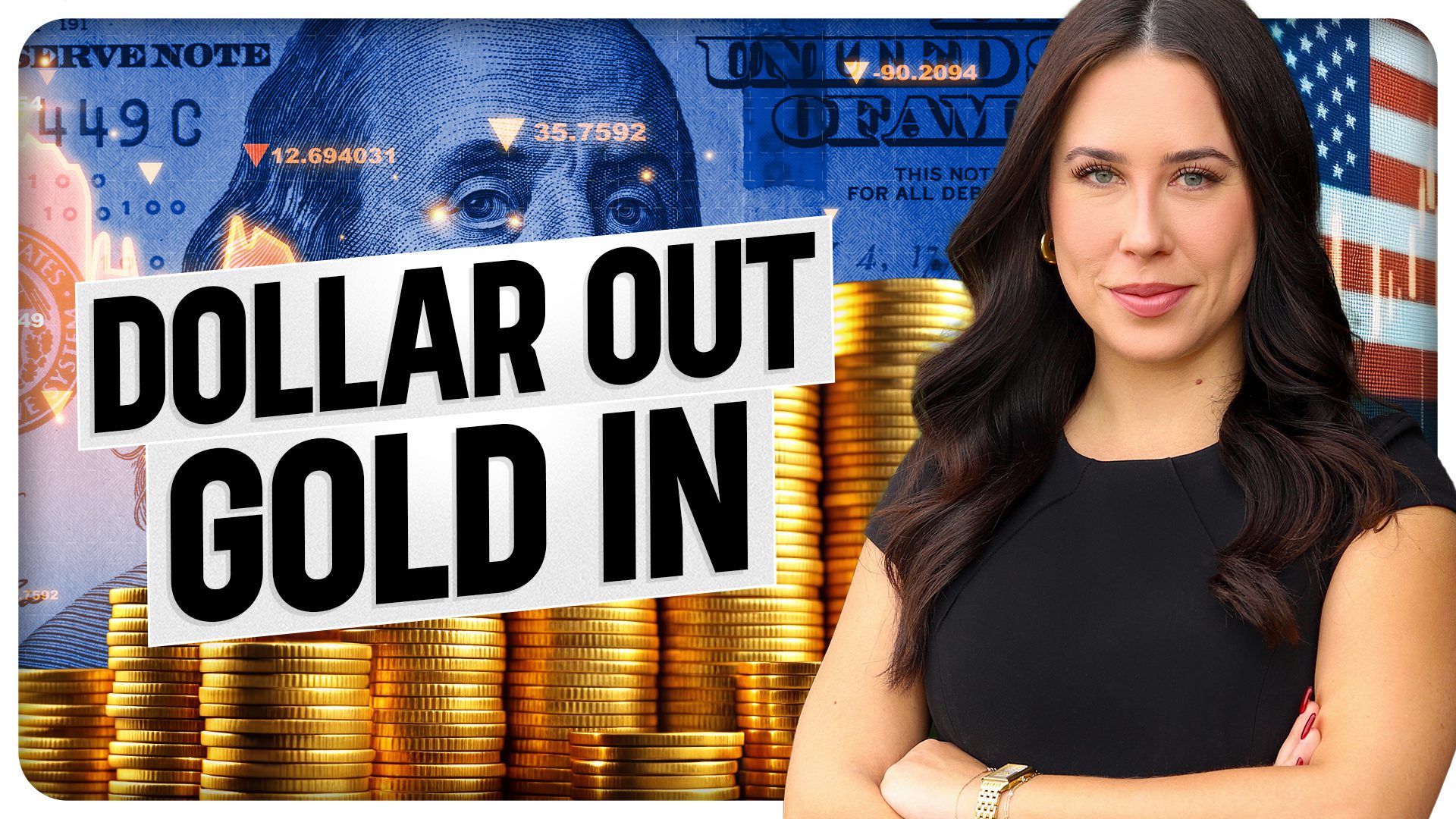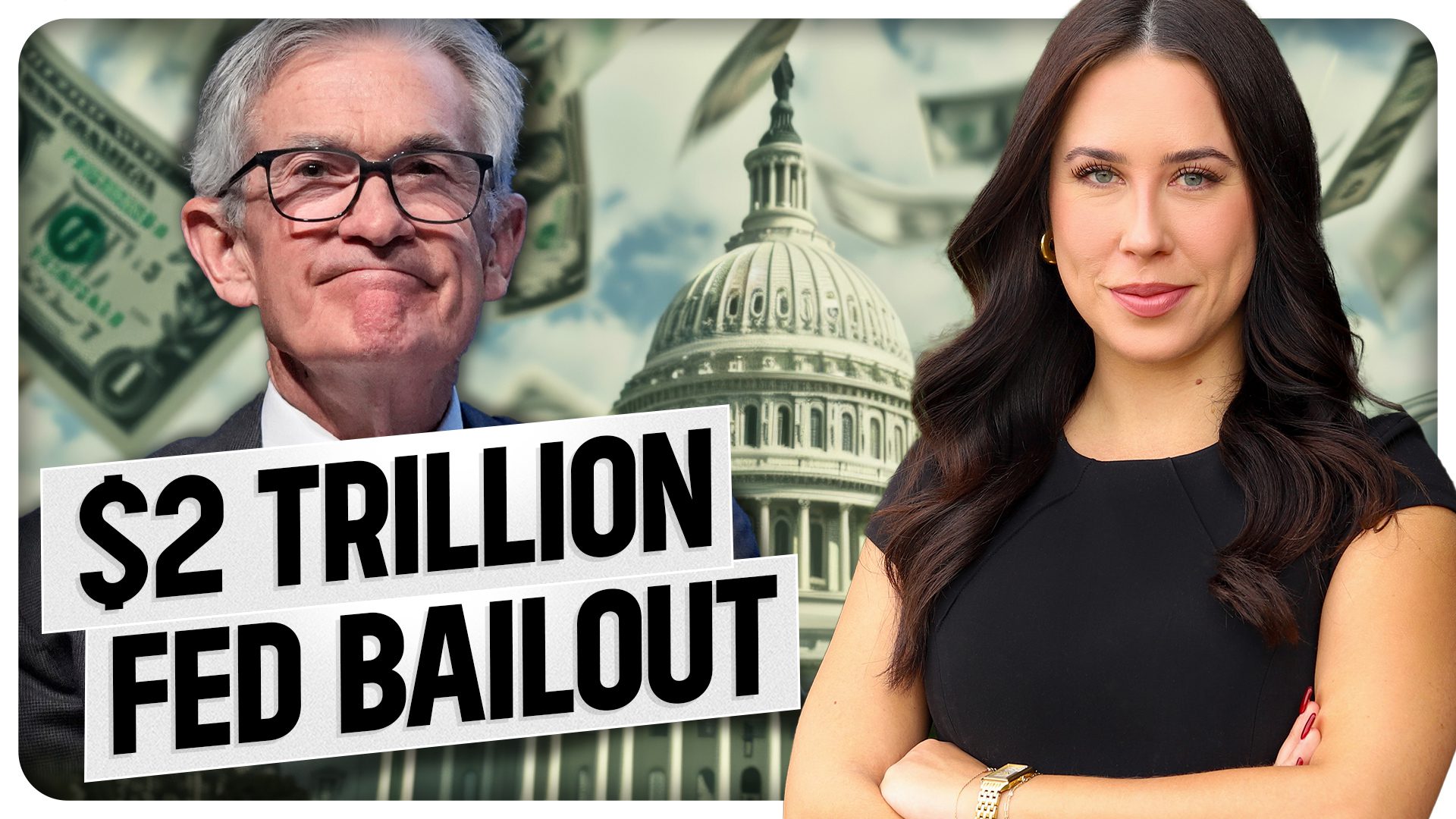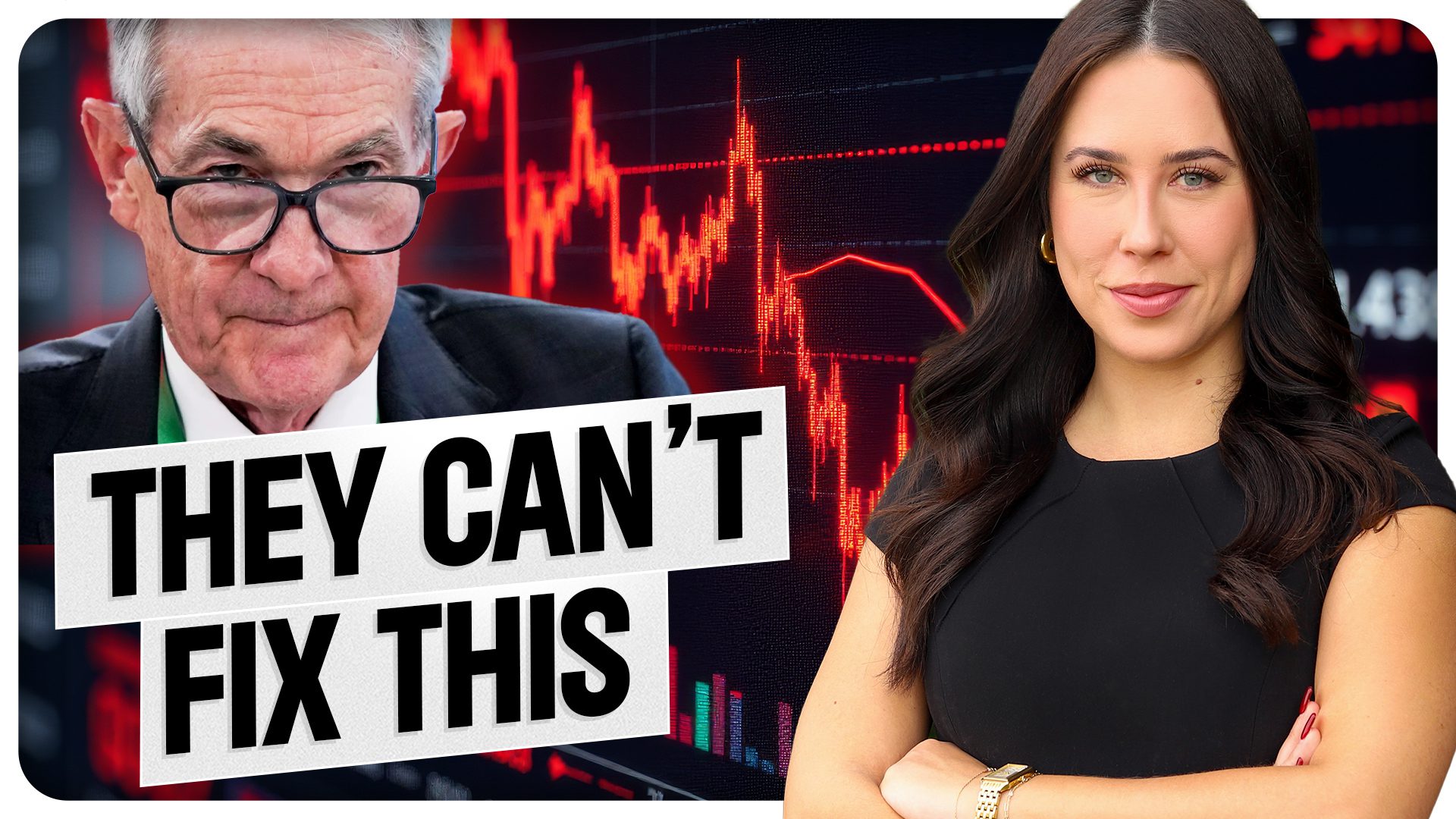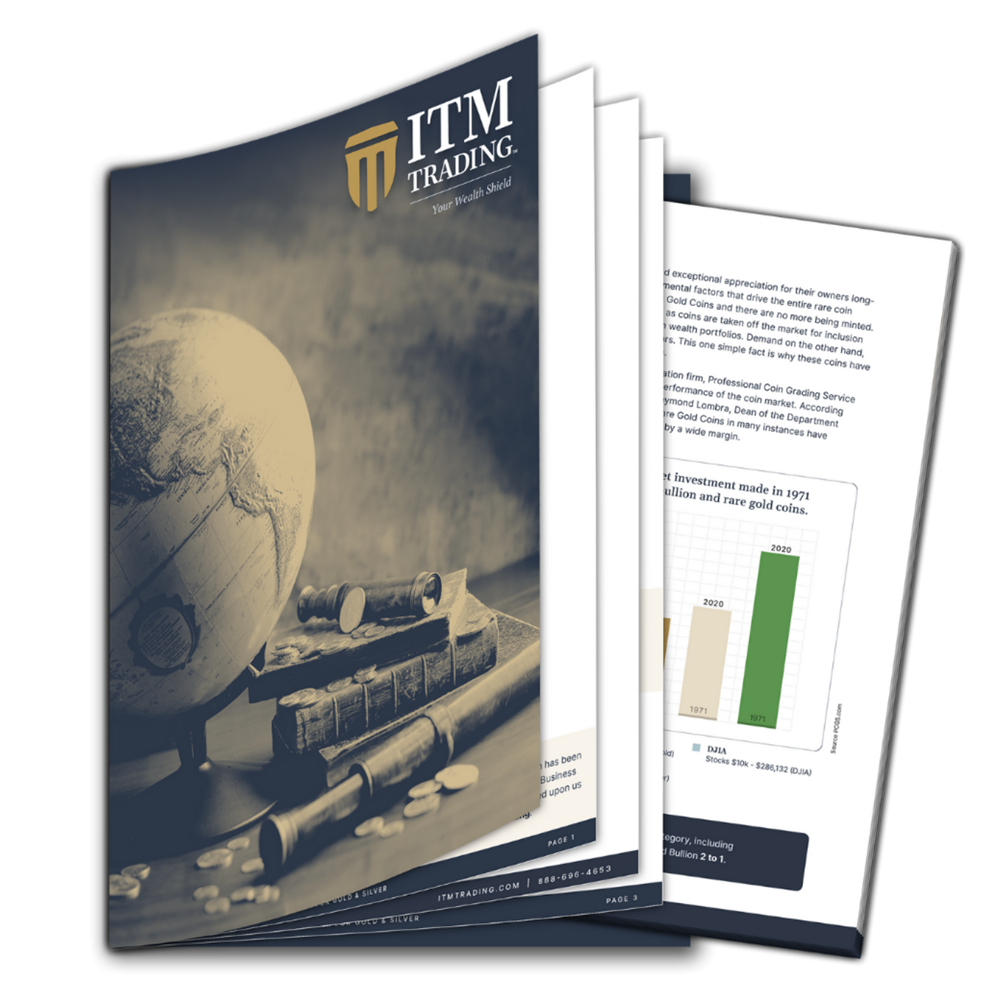GOLD or SILVER in 2025; Which Should You Be Stacking?
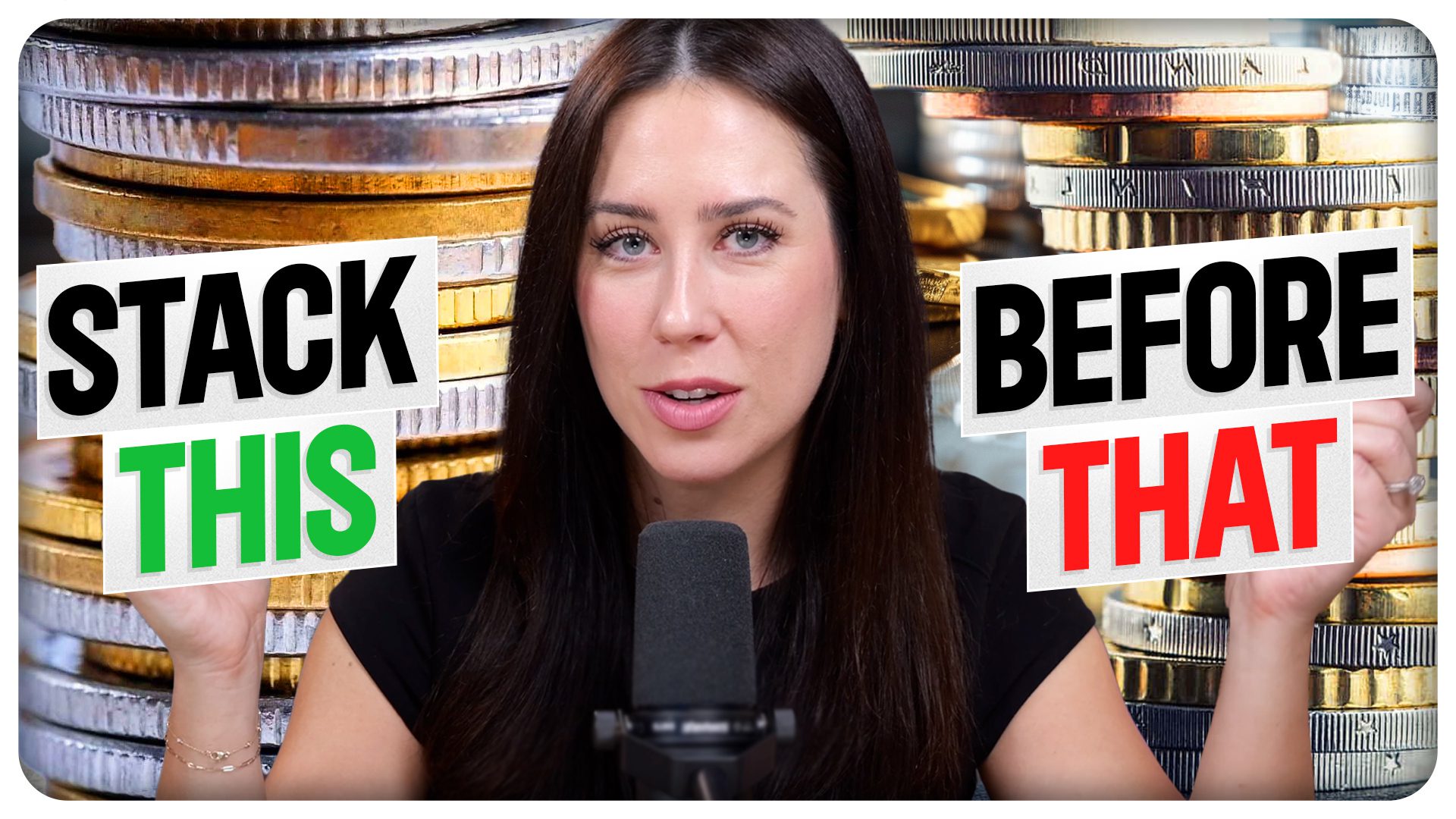
Gold or silver – which one should you own to protect your wealth? While they share similarities, their functions differ significantly. In this video, we’ll dive into the historical roles of gold and silver, the gold-to-silver ratio, and their performance during economic crises. Learn how to make the best choice for your financial future and why holding both metals is key. Plus, discover how central banks are positioning themselves and what you can do to prepare for what’s coming next.
CHAPTERS:
00:00 Gold vs. Silver: What You Need to Know
00:36 The History of the Bimetallic Standard
01:47 Why Silver Became Volatile
02:57 Understanding the Gold-to-Silver Ratio
03:30 How Nixon’s Policy Changed Everything
04:40 The Roles of Gold and Silver During Inflation
05:16 Lessons from Weimar Germany
07:11 Recent Examples of Gold and Silver Use
08:21 Why Central Banks Are Hoarding Gold
09:01 Preparing for a Currency Reset
09:32 Free ITM Gold & Silver Guide
TRANSCRIPT:
00:00
Gold or silver? Which should you own? Which will protect your wealth? It’s a simple question, but before I answer, I ask you another: Why are you buying it? This is because gold and silver have very different functions, and today I’ll reveal exactly how gold and silver function in different scenarios, particularly the one that, in my opinion, we’re heading toward — inflation, followed by hyperinflation, and ultimately, a currency reset. But that’s a lot to take in. So, before we talk about a currency reset, let’s start with the roles that gold and silver have played over time so you can make the best decision for your financial future.
00:36
Do not skip this foundational part, as it’s crucial to understanding what I’m going to talk about. Now, most people have heard of the gold standard, but many are surprised to learn that up until the late 1800s, the United States was actually on a bimetallic standard — a gold standard and a silver standard — working in unison. The silver-to-gold ratio was set at about 15:1, much lower than it is today, which we’ll talk about in a minute.
Silver was the common, daily choice of money for most, while gold was reserved for larger, rarer purchases. But large discoveries of silver caused surpluses, driving the price down and destabilizing currencies tied to it. That’s when more countries began to adopt the gold standard exclusively, because gold was scarcer and its value was consistent. This shift was cemented in 1873, when the U.S. passed the Coinage Act, effectively demonetizing silver.
01:47
This increased silver’s volatility in ways we still see today. About half of silver’s demand comes from industrial use, and its dual role as both an industrial and monetary metal is partly why we see demand imbalances over time.
Before someone says, “No, silver is suppressed!” or “Silver is actually worth so much more!” let me stop you. I hear you. I also believe silver is worth much more — and gold too. Both are severely undervalued. Believe me, if the dollar’s value collapses and we see a revaluation, both will be worth far more than they are today. That’s why I believe you should own both. But today, we’re focused on which one will better protect your wealth, and for that, we need to talk about the “why.”
02:57
If you’re viewing these metals as a short-term trade or investment, you’re not really protecting your wealth against the big-picture threats. So, let’s dig into it.
Here’s the gold-to-silver ratio chart. For those unfamiliar, it shows the relationship between the spot price of silver and gold — or simply, how many ounces of silver it takes to buy one ounce of gold. Gold has always been worth more than silver; this goes back to the Roman Empire when the ratio was 12:1.
03:30
Looking at modern history, we see a significant shift on this chart. To the left, the ratio is steady, but on the right, something changes. What caused this? In 1971, President Richard Nixon delinked the dollar from gold. You’ll see the silver-to-gold ratio climb dramatically after that.
04:40
This is because, without the gold standard, the U.S. could print money endlessly, leading to tremendous inflation in the 1970s. As the dollar lost purchasing power, gold became far more valuable, while silver also rose but lagged behind gold.
Why? Gold and silver serve different purposes. During currency crises, silver is often used for daily transactions, while gold protects long-term wealth.
05:16
Take Weimar Germany, for example. In 1918, hyperinflation meant a loaf of bread cost 1 German mark. By 1923, that same loaf cost nearly 200 billion marks.
If you held silver in 1918, one ounce could buy five loaves of bread. By 1923, it could buy two-and-a-half loaves — still valuable for everyday purchases.
But if you held gold, one ounce could buy 170 loaves in 1918 and 435 loaves by 1923. Gold not only preserved wealth but created opportunities for future generations.
07:11
This pattern repeats in Argentina, Zimbabwe, and Brazil. As fiat currencies collapse from overspending, silver is critical for daily use, but gold protects wealth long-term.
Central banks understand this. They’ve been buying record quantities of gold, recognizing it as a Tier 1 asset with no counterparty risk.
08:21
If the dollar faces a currency reset, gold will restore purchasing power. Central banks know this, which is why they’re hoarding gold. Owning gold and silver allows individuals to protect their wealth outside the system.
09:01
For me, the biggest concern is a currency reset. That’s why I focus on gold. But owning both metals is essential. Each serves different purposes, and history has shown that holding both is key to navigating financial crises.
09:32
We’ve created a free ITM gold and silver guide with even more information. If you want to learn more, scan the QR code or click the link in the description to get your copy.
10:09
Let me know your thoughts and questions in the comments below. I love hearing from you.
As always, thank you for being here. I’m Taylor Kenney with ITM Trading, your trusted source for all things gold, silver, and lifelong wealth protection. Until next time.

